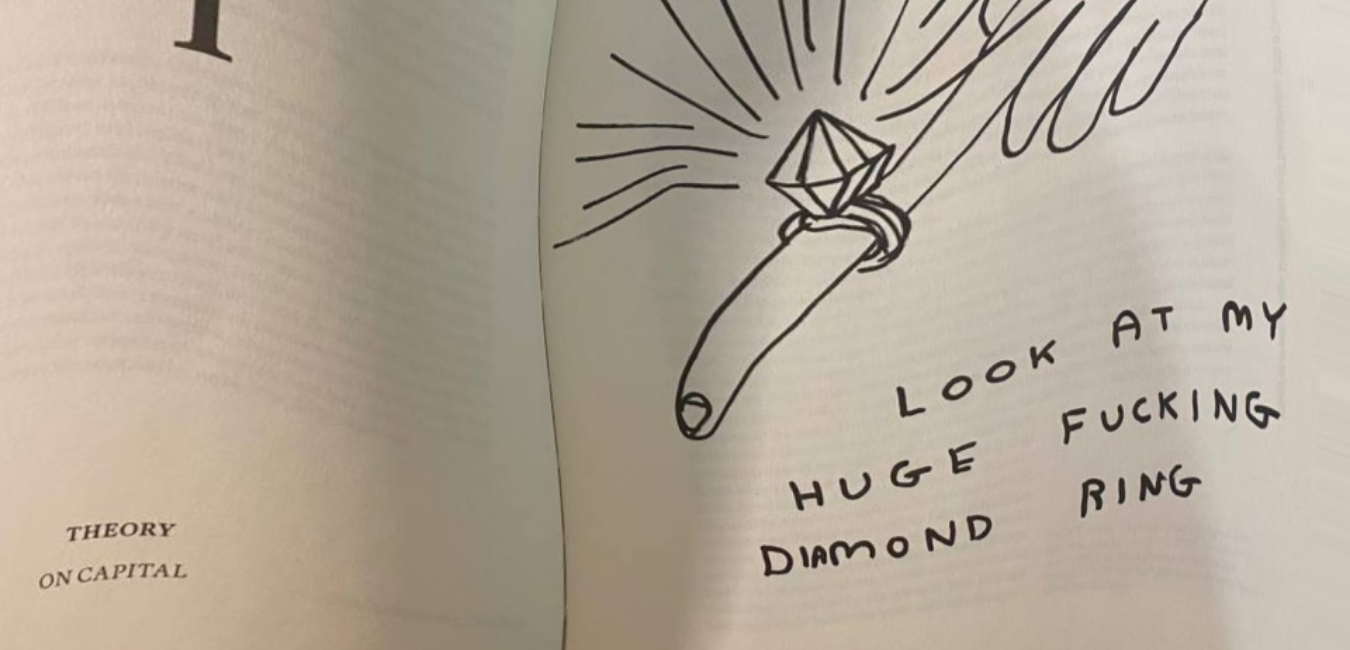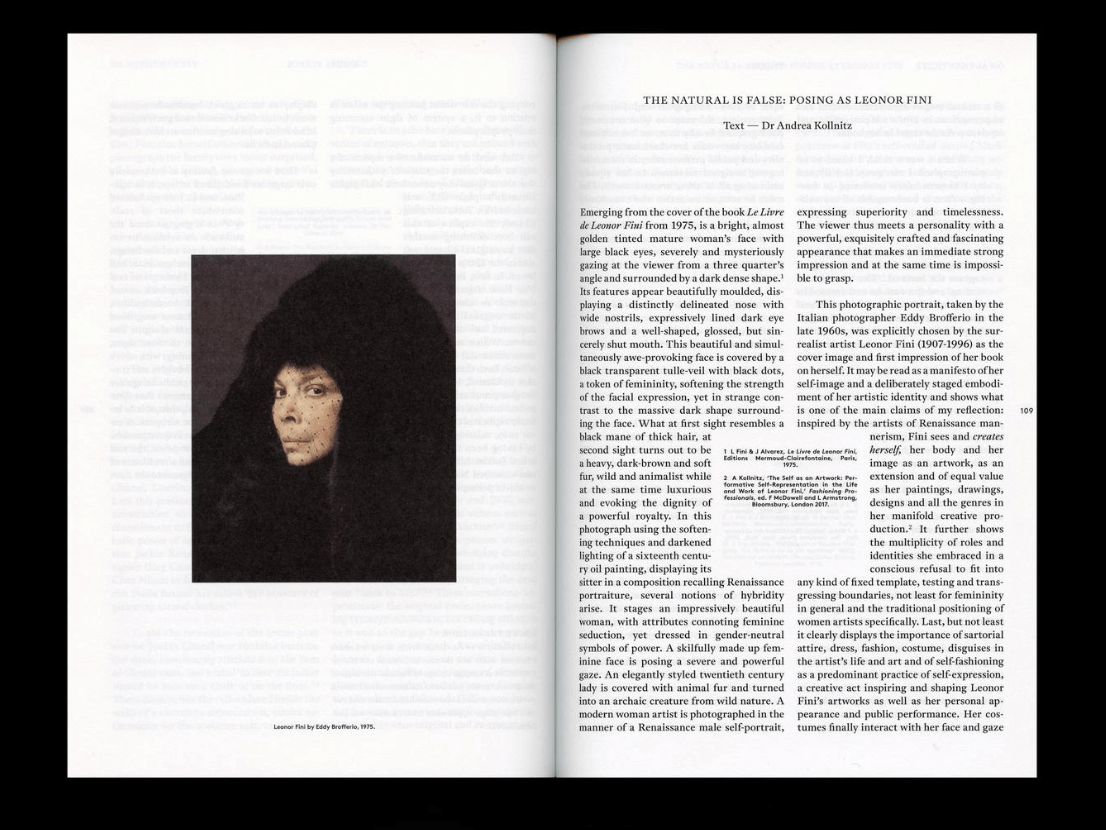
12:35 / 26 Dec 2020 / books / text: Valeriia Raskolnikova
Why Vestoj Is The Best Print Fashion Magazine?
When was the last time you have touched the printed fashion publication? How did you feel when flipping through the pages? Glancing at the editorials? Reading what fashion is all about right now? Did you sense that there was not much exceptionally stimulating content?
What is wrong with fashion publishing right now?
Fashion publishing is not aspirational in 2020. While social concerns managed to occupy renowned fashion magazines' pages, it is a dual-sided act of addressing social injustice, or environmentalism yet not directly impacting the crux.
"Vestoj is for intellectuals engaged by smart, critical fashion writing - something quite academic yet not alienating, as academia may be"
For most publications, "biting the hand that feeds you" would mean going out of the business, and it is publicly known that clothing industry unfavorably contributes to the issues above. In a modern fashion publishing system, stakes are on the same instantly profitable fairytale being reported over and over again. Fashion promotes novelty, yet we struggle to observe touching and meaningful fashion discourse that is bound to create a change. Reading media perpetually demands a professional objective judgment of current events. Nevertheless, the majority of fashion publications exist in a subjective regime, dictated by brands and conglomerates with a monetization as their primary goal.


 Courtesy of Vestoj Magazine. Issue 8: On Authenticity
Courtesy of Vestoj Magazine. Issue 8: On Authenticity
Why Vestoj is an alternative you may have looked for?
Vestoj is an annual fashion publication established by Anja Aronowsky Cronberg in 2008 and is produced under the London College of Fashion patronage. Vestoj is striking because it is the sole fashion publication free from the advertisers' chains. The content you are consuming is not affected by a vast fashion conglomerate's decisions, whose primary goal is to sell their goods to you. It is no mystery that fashion journalists and editors are overly dependent on good relationships with brands. Publishing something that may present a brand's image in a disapproving manner may jeopardize the whole financial prosperity of a publication. At this point, Vestoj is the only publication that goes against such a system.
Subsequently, the mentality of questioning everything comes. One of Vestoj's manifesto points states: "Everything should be questioned, nothing is holy." Fashion may be a consumer-driven affair, but its creative determination should not be underrated. The authentic and thought-provoking texts stimulate you to look at fashion not from a consumerist perspective but rather from a philosophical and educational standpoint. I may dare to say that Vestoj is the only magazine that takes fashion seriously. It realizes the power of sociology, politics, psychology, economics, and literature when discussing fashion as a field. Vestoj is for intellectuals engaged by smart, critical fashion writing - something quite academic yet not alienating, as academia may be. Fashion studies are a relatively new domain of education and research, starting to arise in the 1980s. Vestoj, as a magazine, invested in making those studies relevant and approachable both to people in the industry and those who are curious.
"The majority of fashion publications exist in a subjective regime"
Vestoj seizes the differences between reading online and on the printed page. The magazine is hyper pleasing to be found on the coffee table or near the bed. Its texts seduce to be reexamined over and over again. The limitless availability of fashion content on the web sometimes eliminates the need to buy a physical fashion magazine. At the end of the day, information published in those magazines seems to be telling more or less the same story. Vestoj, in its terms, is not chasing the latest trends of the industry. Subjects like failure, masculinity, capital, authenticity, slowness are taken as conceptual notions and are recalibrated for fashion dialogue. Those discussions may not always be at the center of the fashion due to their vulnerable nature. People are merely avoiding talking about things that may question the seductive facade of fashion. Nevertheless, Anja Aronowsky Cronberg and her editorial team succeed in curating unpopular topics on Vestoj's pages.
Lastly, Vestoj is a multidimensional platform that attempts for a broader understanding of fashion and its role in our life. The publication is often hosting performances in institutions like Palais de Tokyo or MoMA PS1. The primary motivation for hosting such events is to introduce a new issue to the readers. Unlike any other launching event, Vestoj invites performers, uses story-telling and tableaux vivants to bring people's attention back to what was forgotten in dressing up. One example may be performers whose clothes were on purpose altered to make their wearer feel in an unfortunate situation - underwear stuck in a skirt or huge coffee stains on the shirt. To be commonly used to a DJ and a complimentary bar in such functions, seeing incognito actors who produce mixed feelings in the audience is brilliant. Another performance was all about the hierarchies of dressing up. How do the museum's security guards differ from a curator in the way they dress? To be pointed towards real-life aspects of fashion is an excellent wake-up call about how much is not noticed anymore.

Courtesy of Vestoj Magazine website (vestoj.com)
Who are Anja Aronowsky Cronberg and the editorial team of Vestoj?
Anja Aronowsky-Cronberg is the founder of the magazine. She holds a Bachelor Degree in Fine Arts from Central Saint Martins as well as a Masters Degree in History of Design from the Royal College of Art. During her studies, she worked as a stylist and later became the editor-in-chief of Acne Paper. Shortly, she realized the lack of progress in the fashion publishing system and decided to open her own publication. Today, she also maintains the position of a senior research fellow at the London College of Fashion.
Editorial team of Vestoj
Dr. Valerie Steele: American fashion historian, curator, and the director of The Fashion Institute of Technology. Boasts a portfolio of more than 35 books about fashion.
Tim Blanks: Business of Fashion editor at large. Holder of Media Award in honor of Eugenia Sheppard - the leading industry award for fashion journalism. Interviewed industry heroes, including John Galliano and Alexander McQueen.
Professor Elisabeth Wilson: writer and a professor of cultural studies at London College of Fashion. Famous for her book "Adorned in Dreams: Fashion and Modernity," which analyses fashion's history and its relationship with modernity.
Professor Caroline Evans: professor of fashion history and theory at London College of Fashion. Published 7 books and produced over 40 academic articles for the field.
Not to sound snobbish, I believe that reading articles created by such prominent people from the industry would unquestionably put you forward in learning about fashion, but most importantly, realize the complexity and sociology of this field.